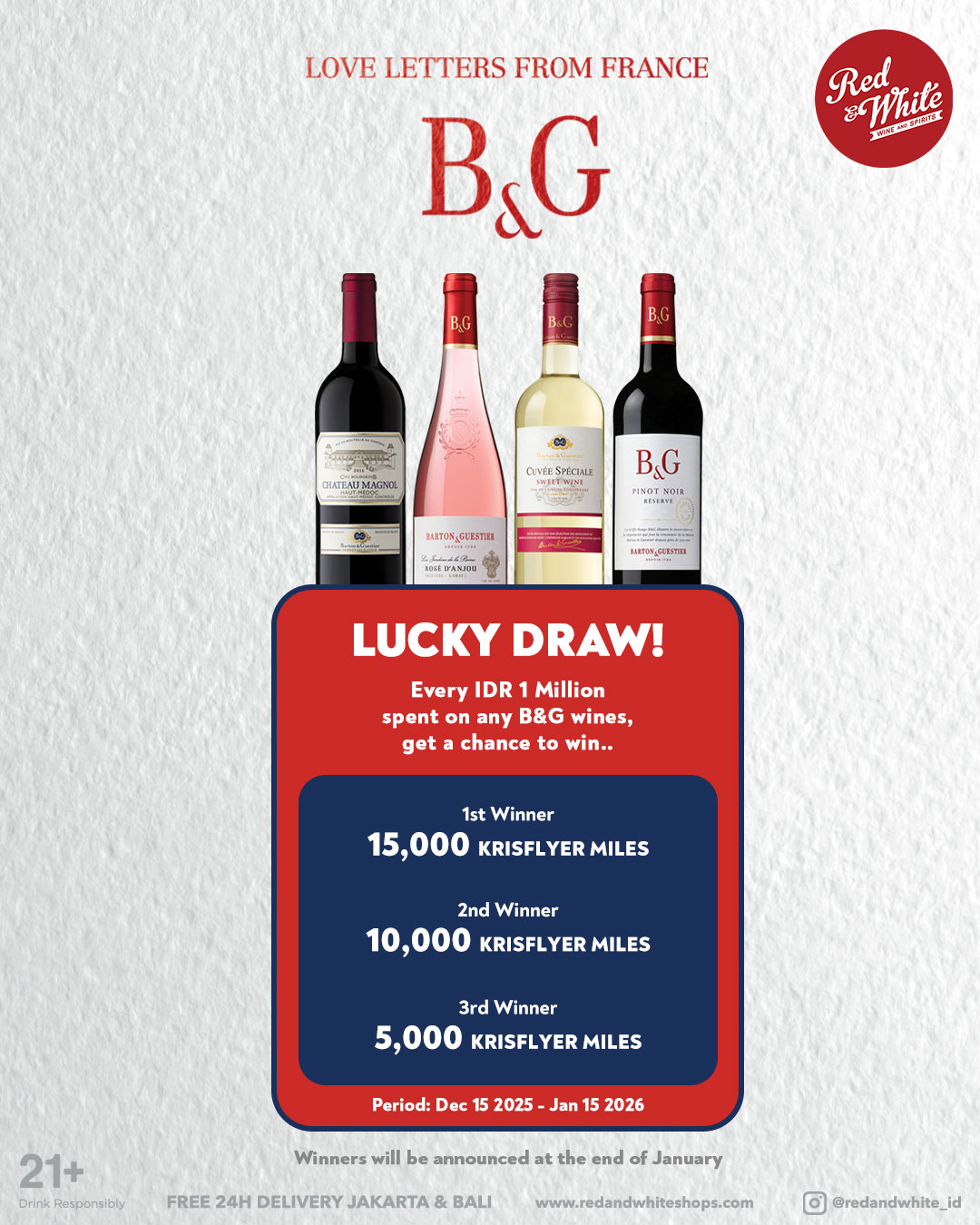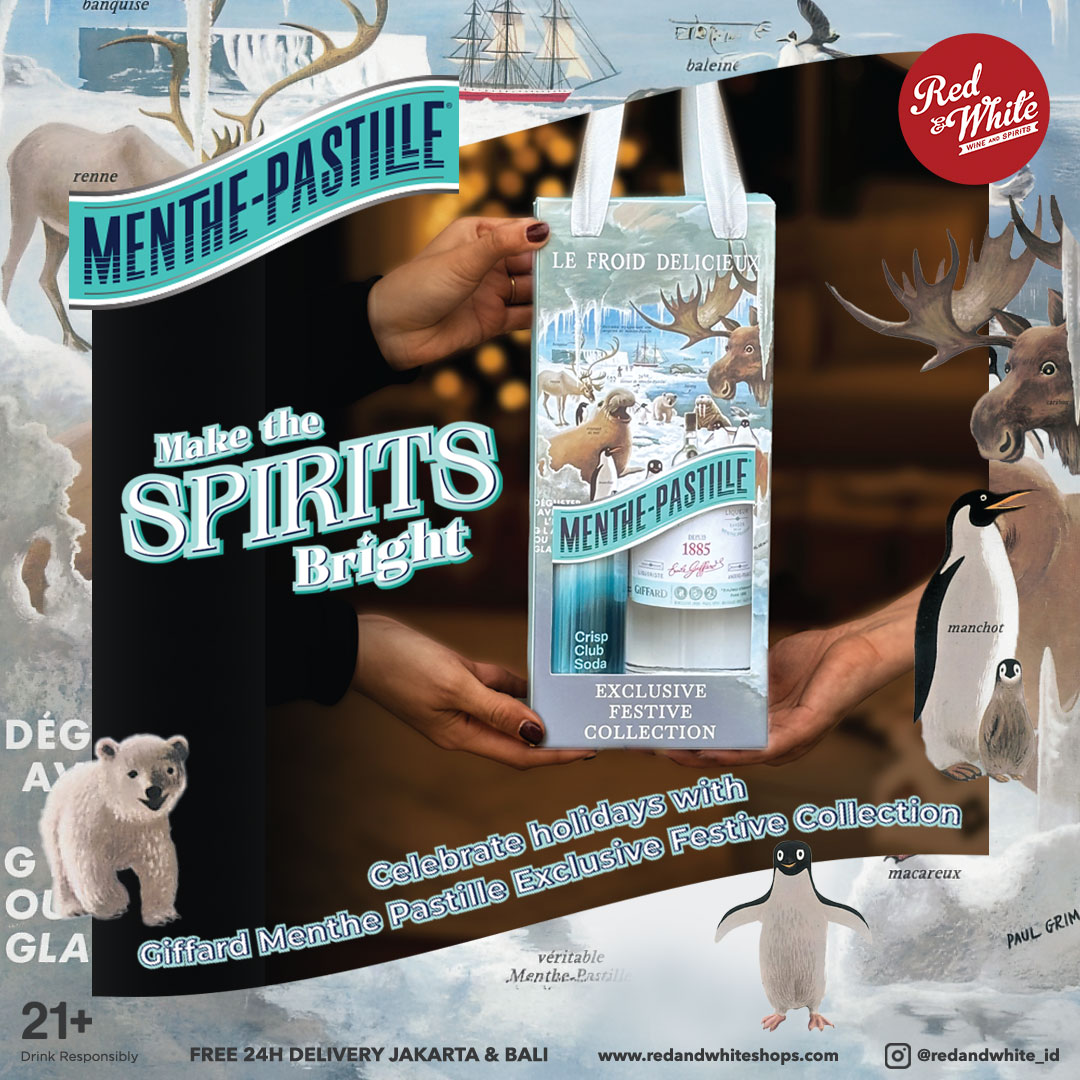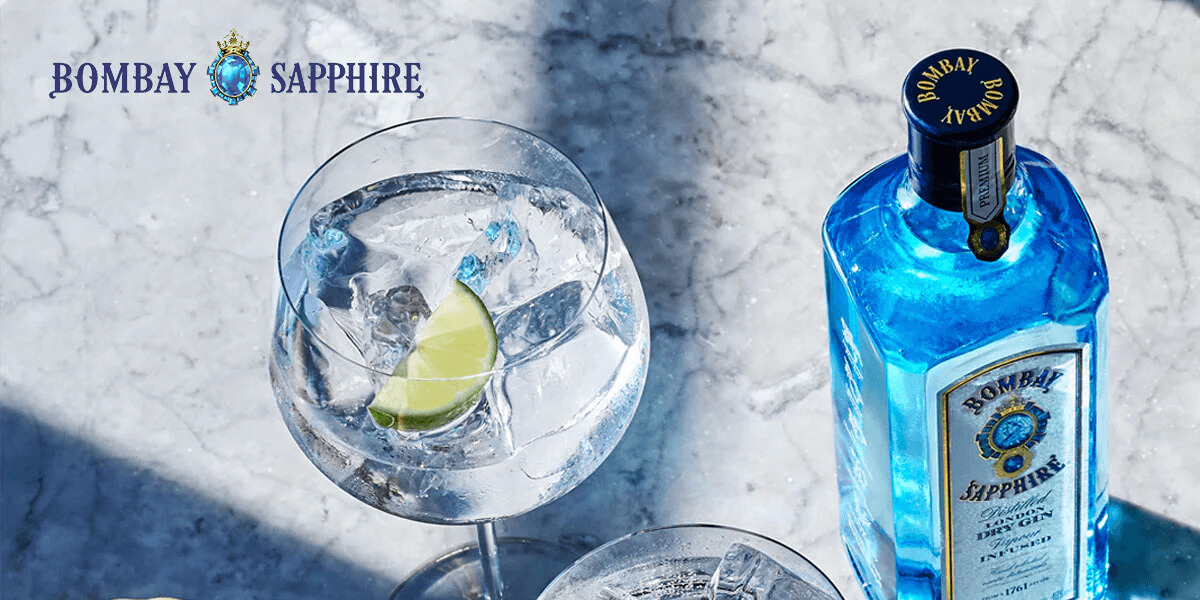
How Bombay Sapphire Got its Blue Hue
Once again, England becomes the backdrop of the history behind another notorious brand of gin. Bombay Sapphire’s blue-tinted renown started out in the streets of Warrington in north-west England. Since its inception in the 1760’s, the brand has since dominated the global market. Even during the height of the pandemic in 2020, Bombay Sapphire sold 4.3 million 9 liter cases worldwide! The influence of the brand and the premium flavours in their gin are unmistakable. In order to appreciate all that they have achieved today, it’s useful to understand where they started all those decades ago. Here’s a look at the early days of the iconic sapphire gin.
What is Bombay Sapphire and History Behind It
Much like students use gap years to figure out what their next step is, 24-year old Thomas Dakin made use of a gap year of his own.
In 1760, Dakin established his distillery in Bridge Street in Warrington, England. However, the elements weren’t in his favour that year, and he was forced to stall distillation until the following year. Between 1760 and 1761, Dakin experimented and perfected his gin recipe, detailing ingredients as well as distillation methods.
Dakin’s gin distilling endavour began right at the dawn of the Industrial Revolution in England, enabling him to use the latest technological advances of the time. New gear allowed Dakin’s distillery to create a higher quality gin than those of distillers that came before him. His gin became known as Thomas Dakin Gin.
Thomas Dakin passed away in the 1790s, after which his son Edward Dakin inherited the distillery. The original gin recipe was passed down to Edward and later to his son, William. After William’s passing, ownership transitioned to Edward Greenall—a member of a prominent brewing family in Lancashire. Under his leadership, the brand was renamed G&J Greenall’s Warrington’s Gin, marking a significant change in the company’s identity while still preserving its legacy.
The transformation into what we now know as Bombay Dry Gin began when Allan Subin, a New York-based lawyer, saw an opportunity to bring British gin into the American market. Subin collaborated with Greenall in 1957, but he had one key condition—the gin must use the original Thomas Dakin recipe, which relied on grain ingredients rather than molasses.
Subin, inspired by the luxury and mystique of 1920s Bombay during the British Raj, named the product Bombay Dry Gin. Although the gin had no actual connection to Bombay or sapphires, the exotic branding struck a chord with American consumers. By 1960, Bombay Dry Gin had officially launched in the U.S.
Bombay Dry Gin quickly became a hit, selling 100,000 cases by 1970. Its success continued for two decades, but there was still room for growth—specifically, in the premium spirits category. In 1980, the brand was acquired by International Distillers & Vintners (IDV), which later became Diageo.
The new owners wanted to elevate Bombay into a luxury gin and turned to Michel Roux, the marketing genius behind Absolut Vodka. Roux was tasked with transforming the image and experience of Bombay Dry Gin into something more refined.
To complement the marketing upgrade, Greenall’s head distiller Ian Hamilton was asked to enhance the gin’s flavor while staying true to Thomas Dakin’s original 1761 recipe. After experimenting with different botanicals, Hamilton introduced two new spices—cubeb berries and Grains of Paradise—adding depth and complexity to the gin. These changes marked the birth of a more sophisticated product.
The rebranded gin was named Bombay Sapphire, inspired by the Star of Bombay, a 182-carat sapphire from Sri Lanka that had once been gifted to silent film star Mary Pickford.
To reflect this glamorous association, the brand introduced a striking blue-tinted bottle that became instantly recognizable. When Bombay Sapphire launched in 1987, it redefined the perception of gin, earning a place on premium shelves around the world thanks to its refined taste and luxurious presentation.
Bombay Sapphire today
Today, Bombay Sapphire is under the ownership of Bacardi, although distillation is still headed by G&J Greenall.
Production has now moved from Warrington to a new distillery at Laverstoke Mill, which is also open for visitations.
The brand has since added to its product line. They now offer flavoured gins, limited edition gins, as well as RTD gin and tonics.
Types of Bombay Sapphire gin
There are several types you can try:
Bombay Sapphire
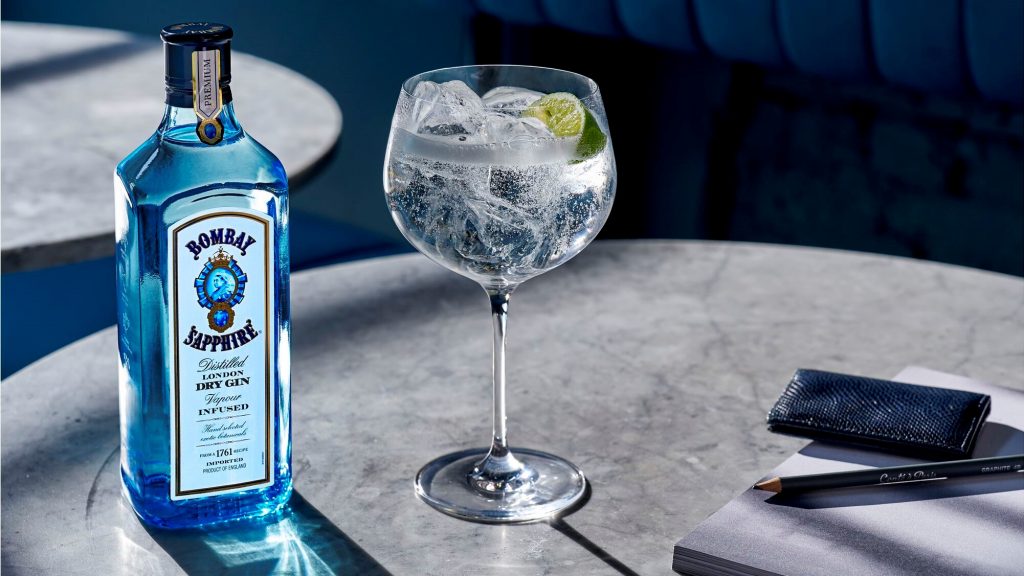
The original Bombay Sapphire gin, containing 10 carefully selected botanicals from around the world.
Bombay Sapphire is available at Red & White.
Star of Bombay
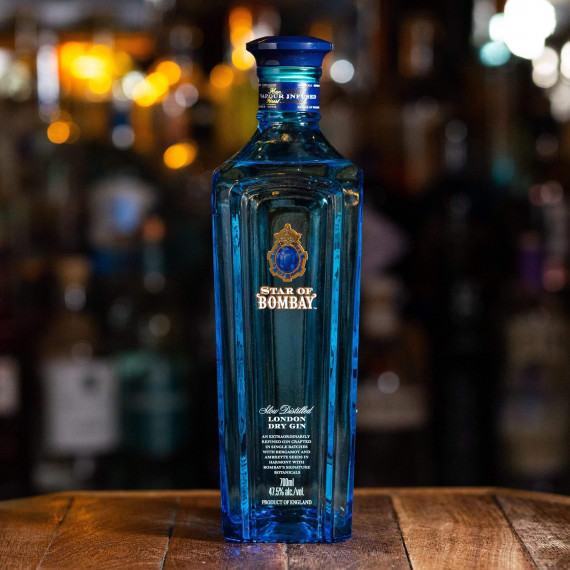
Named after the original Star of Bombay gem. Contains two botanicals in addition to the original 10: dried bergamot orange peel from Calabria, and ambrette seeds from Ecuador.
Star of Bombay is available at Red & While.
Bombay London Dry Gin
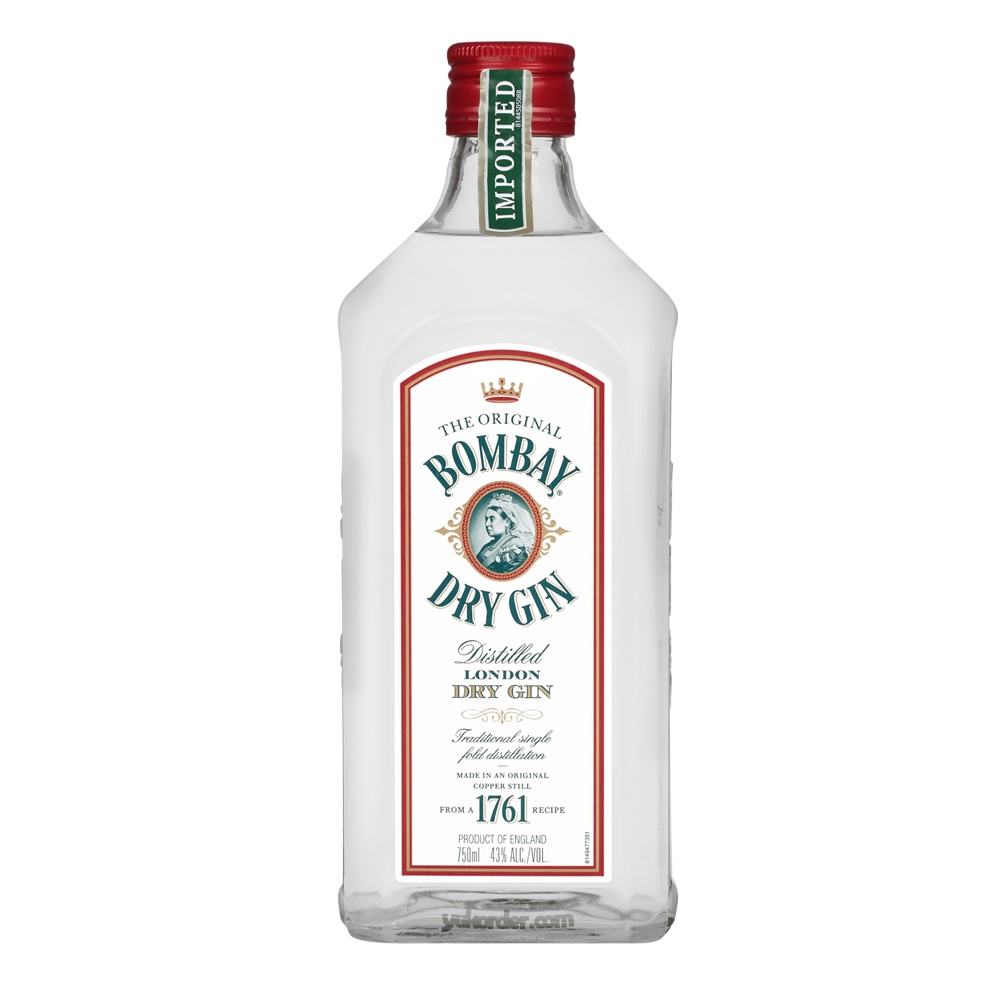
Highlights eight botanicals originating from locations around the world, spanning from Indo-China to Saxony, featuring a heavy juniper flavour.
Bombay London Dry Gin is available at Red & White.
Bombay Citron Pressé
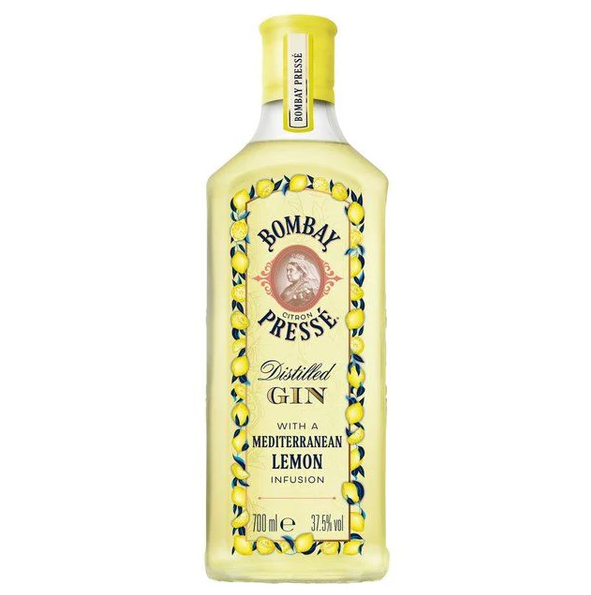
Gin infused with natural freshly squeezed Mediterranean lemons.
Bombay Sapphire English Estate
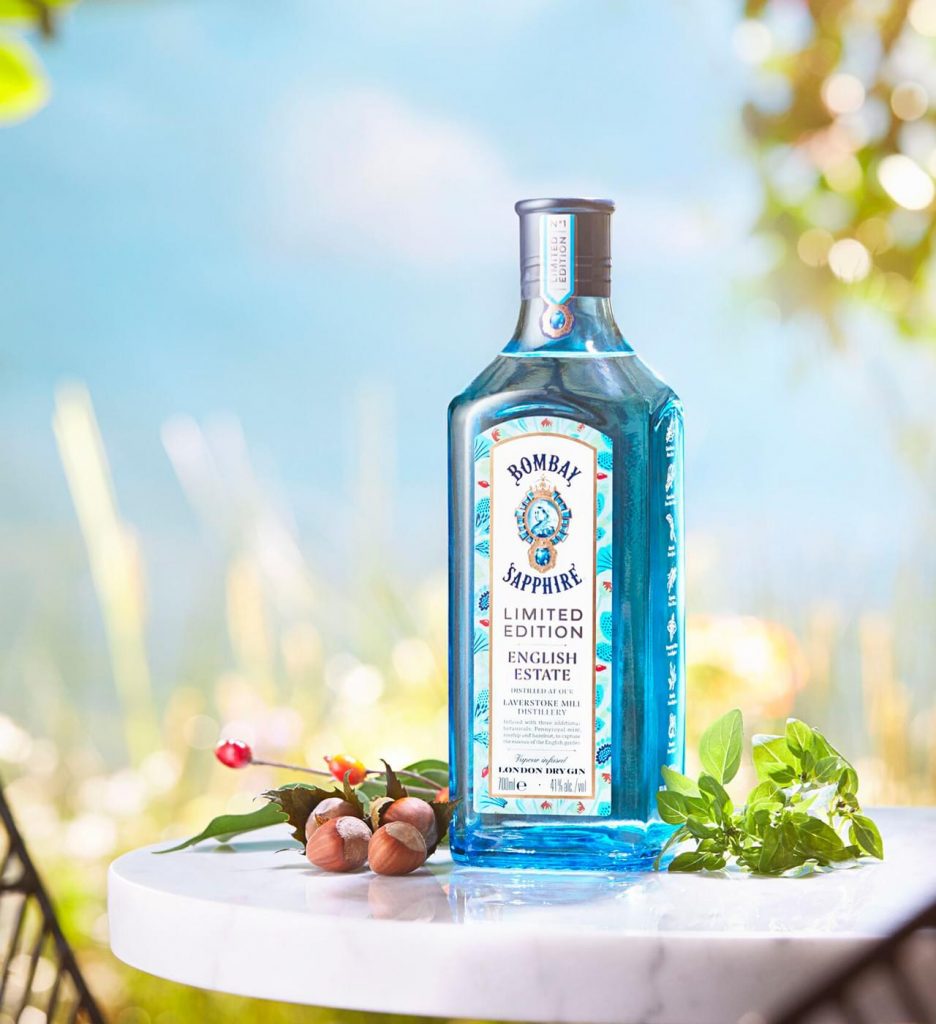
A limited edition gin inspired by the feeling of being in the English countryside. Infused with toasted hazelnuts, mint, and rosehip.
Bombay Sapphire Sunset
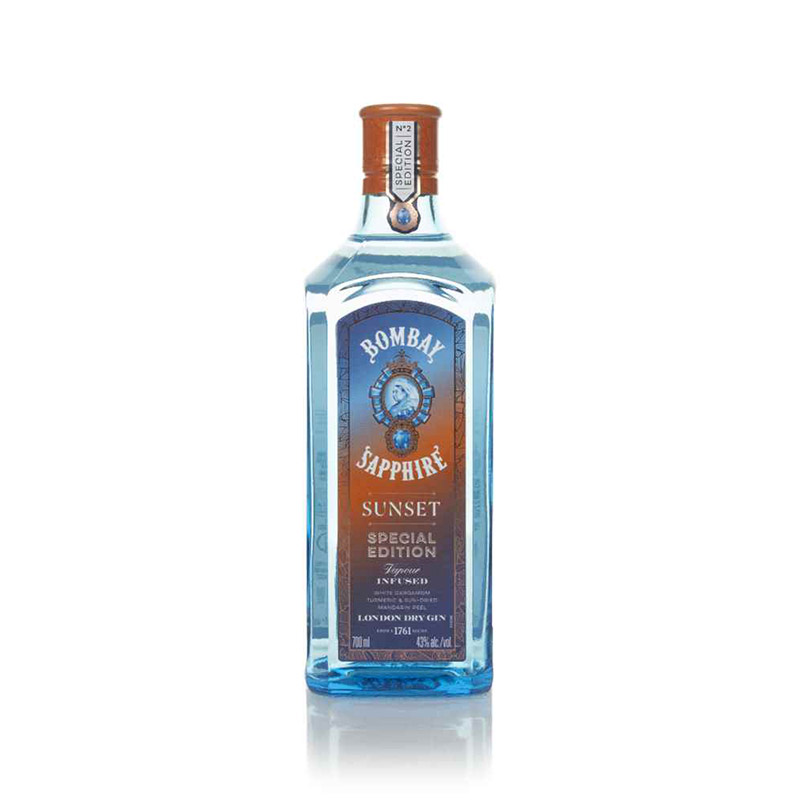
Taking inspiration from the colours of the sunset, infused with bittersweet mandarins from Spain, white cardamom, and gold turmeric.
Bombay Sapphire Premier Cru
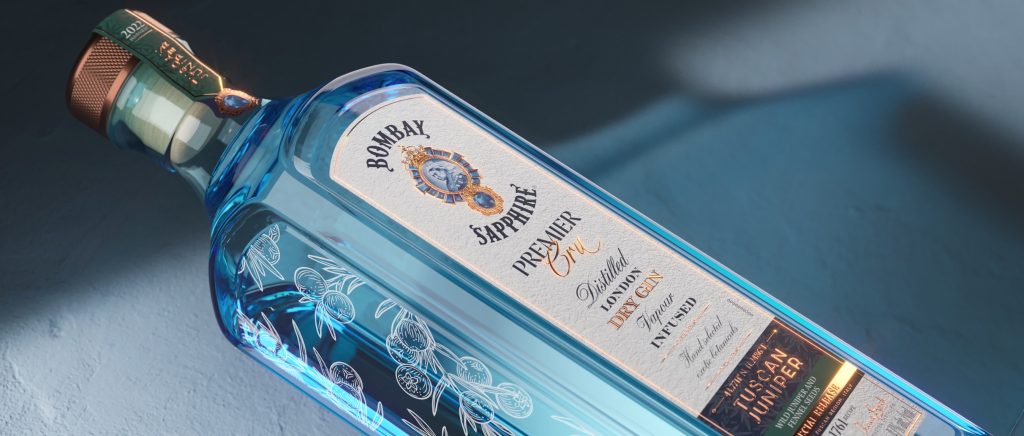
Features notes from a refreshing combination navel oranges, Spanish lemons, and mandarins.

